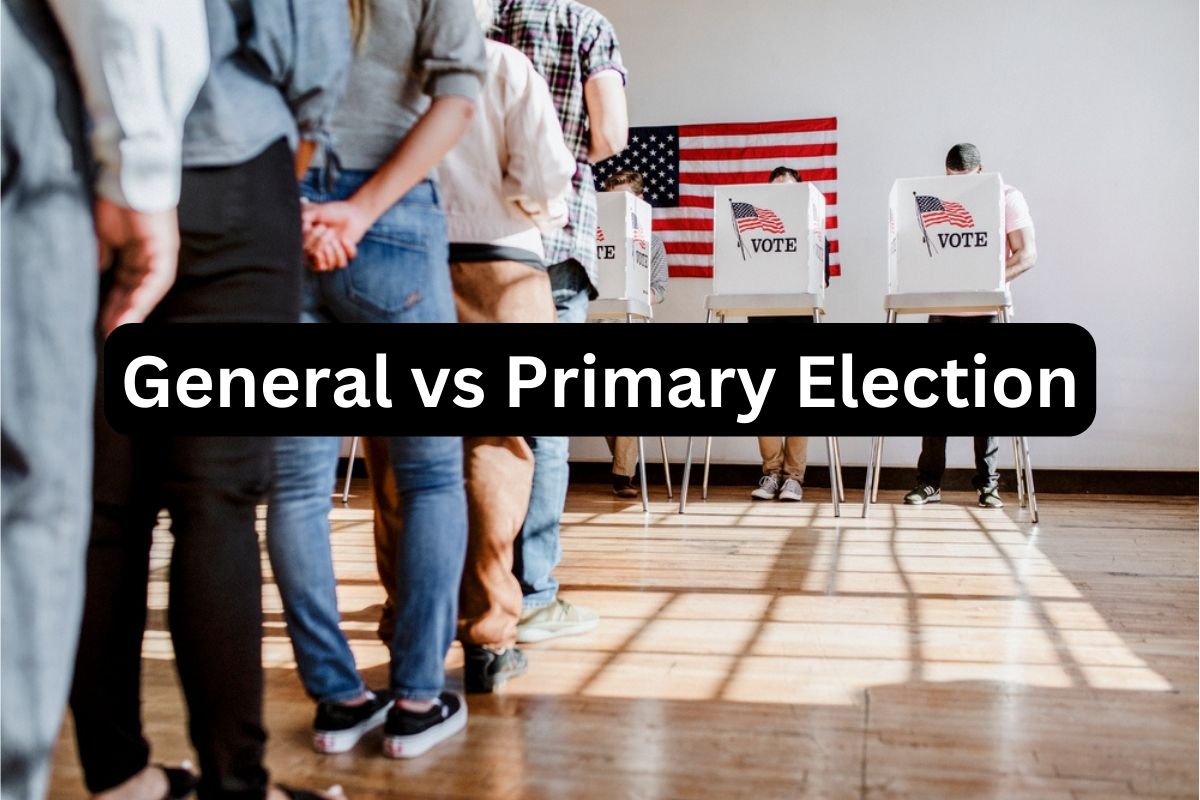General and primary elections are both crucial components of the democratic process in many countries, including the United States.
Understanding the differences between these two types of elections is essential for anyone who wants to be an informed voter and participate effectively in the political process.
In this article, we will define and explain the purpose of general and primary elections, as well as the key differences between them.
What is a General Election?
A general election is an election held to select the final winner of a political office, such as a president, governor, senator, or representative. It is typically held after the primary election, and the winner of the general election assumes office for a fixed term.
General elections are usually held on a fixed date, often in November, in the United States. In other countries, the date may vary. They are held at regular intervals, usually every four years, although the frequency may vary depending on the office being contested.
Also Read: Elections Facts
In a general election, the political parties nominate their candidates for the office being contested. Independent candidates may also run. The winning candidate is usually the one who receives the highest number of votes.
Eligibility to vote in a general election is based on meeting the age and citizenship requirements, as well as being registered to vote in the jurisdiction where the election is being held. The voting process typically involves casting a ballot at a polling place or through mail-in or early voting. In some cases, electronic voting may also be available.
What is a Primary Election?
A primary election is an election held before the general election to select the political party’s candidate who will run in the general election. The purpose of a primary election is to give the members of the party an opportunity to choose their preferred candidate for a given office.
Primary elections are usually held several months before the general election, depending on the jurisdiction. They are held at regular intervals, usually every four years, although the frequency may vary depending on the office being contested.
Primary elections are contested by candidates from political parties, who are vying to be selected as the party’s nominee for the general election. Each party holds its own primary election, which is separate from the other parties. In some cases, independent candidates may also run in a primary election.
There are four main types of primary elections:
- Closed Primary – only registered members of the party can vote.
- Open Primary – voters can cast a ballot for any party, regardless of their party affiliation.
- Semi-closed Primary – registered members of the party can vote, as well as independent voters.
- Semi-open Primary – registered members of the party can only vote in their party’s primary, but unaffiliated voters can choose which primary to vote in.
Eligibility to vote in a primary election varies depending on the jurisdiction and the type of primary being held. Generally, voters must be registered with a political party to participate in a closed primary.
In an open or semi-open primary, voters may be registered with any political party or may be unaffiliated. The voting process typically involves casting a ballot at a polling place or through mail-in or early voting. In some cases, electronic voting may also be available.
Differences Between General and Primary Elections
There are several key differences between general and primary elections, including:
A. Purpose and focus
- The purpose of a primary election is to select the political party’s candidate who will run in the general election, while the purpose of a general election is to select the final winner of the office being contested.
- Primary elections are typically focused on selecting a candidate who is representative of the party’s platform, while general elections are focused on selecting the best candidate to hold the office.
B. Timing and frequency
- Primary elections are held several months before the general election, while the general election is held on a fixed date.
- Primary elections are held at regular intervals, usually every four years, while the frequency of general elections may vary depending on the office being contested.
C. Candidates and parties involved
- Primary elections are contested by candidates from political parties, while independent candidates may also run in the general election.
- The winning candidate in a primary election represents the political party, while the winning candidate in a general election represents the electorate.
D. Voting process and eligibility
- Eligibility to vote in a primary election may be restricted to registered members of the political party or may be open to all eligible voters, depending on the type of primary being held.
- Eligibility to vote in a general election is based on meeting the age and citizenship requirements, as well as being registered to vote in the jurisdiction where the election is being held.
Overall, the main difference between general and primary elections is that primary elections are used to determine the party’s candidate, while general elections are used to choose the final winner of the office being contested.
Conclusion
In conclusion, understanding the differences between general and primary elections is essential for anyone who wants to participate effectively in the democratic process.
While both types of elections are important, they serve different purposes and have distinct differences in terms of timing, candidates and parties involved, and voting processes.
By participating in both types of elections, voters can ensure that they are making their voices heard and contributing to the selection of the best candidates for the office.
Ultimately, every vote counts, and participating in both general and primary elections is an important way to make a difference in politics.
